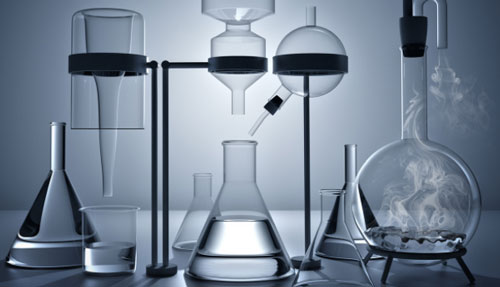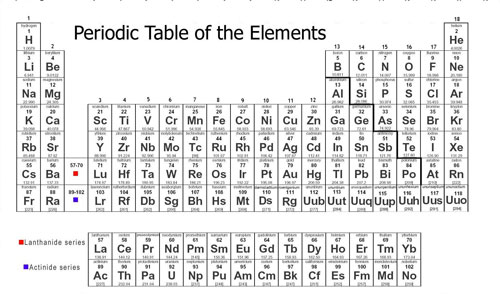Chemistry, a branch of physical science studies the composition, structure, properties and change of matter. It includes topics like properties of individual atoms, chemical compounds, interactions of substances and chemical reactions formed by mixture of substances etc.
Chemistry is also called as central science because it connects with other natural sciences which includes physics, geology and biology. Chemistry can be classified into five different branches and let’s have a look for the branches About Chemistry.

About Chemistry Branches
Chemistry can be classified into five branches and they are mentioned below:
- Analytical Chemistry
Analytical Chemistry studies about the uses of instruments and methods that are used to separate, identify and quantify matter. Analytical Chemistry consists of classical, wet chemical, modern and instrumental methods and is focused on the improvements of experimental design, chemo-metrics and creation of new measurement tools.
- Physical Chemistry
Physical Chemistry blends the principles of physics and chemistry to study the physical characteristics and properties of molecules. The properties makes us to understand about the way in which molecules are put together and how the actual structure of a chemical is impacted by these properties.
- Organic Chemistry
Organic Chemistry is the study of structure, composition, reactions, properties and preparation of carbon-containing compounds that include not only hydrocarbons but also compounds with a number of other elements that includes hydrogen, oxygen, phosphorous, nitrogen, halogens, silicon and sulphur.
- Inorganic Chemistry
Inorganic Chemistry is concerned with the properties and behavior of inorganic compounds which include metals, minerals and organo-metallic compounds. Inorganic Chemistry is the study of the remaining subset of compounds other than organic compounds.
- Bio-Chemistry
Bio-chemistry is a branch of science that explores the chemical processes related to living organisms. It is a laboratory based science that brings biology and chemistry together by using chemical knowledge and techniques and to understand and solve biological problems.
About Chemistry Periodic Table
Periodic Table is a tabular arrangement of chemical elements ordered by atomic number, electron configurations and recurring chemical properties. This type of arrangement or ordering shows periodic trends such as elements with similar behavior. It also shows four rectangular blocks with some approximately chemical properties in which one row of the left shows metals and the right shows non-metals. Looking at the periodic table, you may get a clear idea of various elements with their electronic configurations.

Chemistry Topics
Chemistry covers various types of topics at various levels which are furnished below:
| Balancing of Chemical Equations | Acid Names and Formulas |
| Chemical Bonding | Properties of Organic Compounds |
| Acids & Bases | Atomic Numbers & Atomic Weights |
| Atomic Theory | Nuclear Chemistry |
| Periodic Table | Transition Metals |
| Bio-Chemistry | Organic & Inorganic Chemistry |
| Ionic & Covalent Bonds | Atomic Structure |
| Properties of Matter | Saturated Hydrocarbons |
| Unsaturated Hydrocarbons | Subatomic Particles |
| Osmosis Vs. Diffusion | Icing Vs. Frosting etc. |
